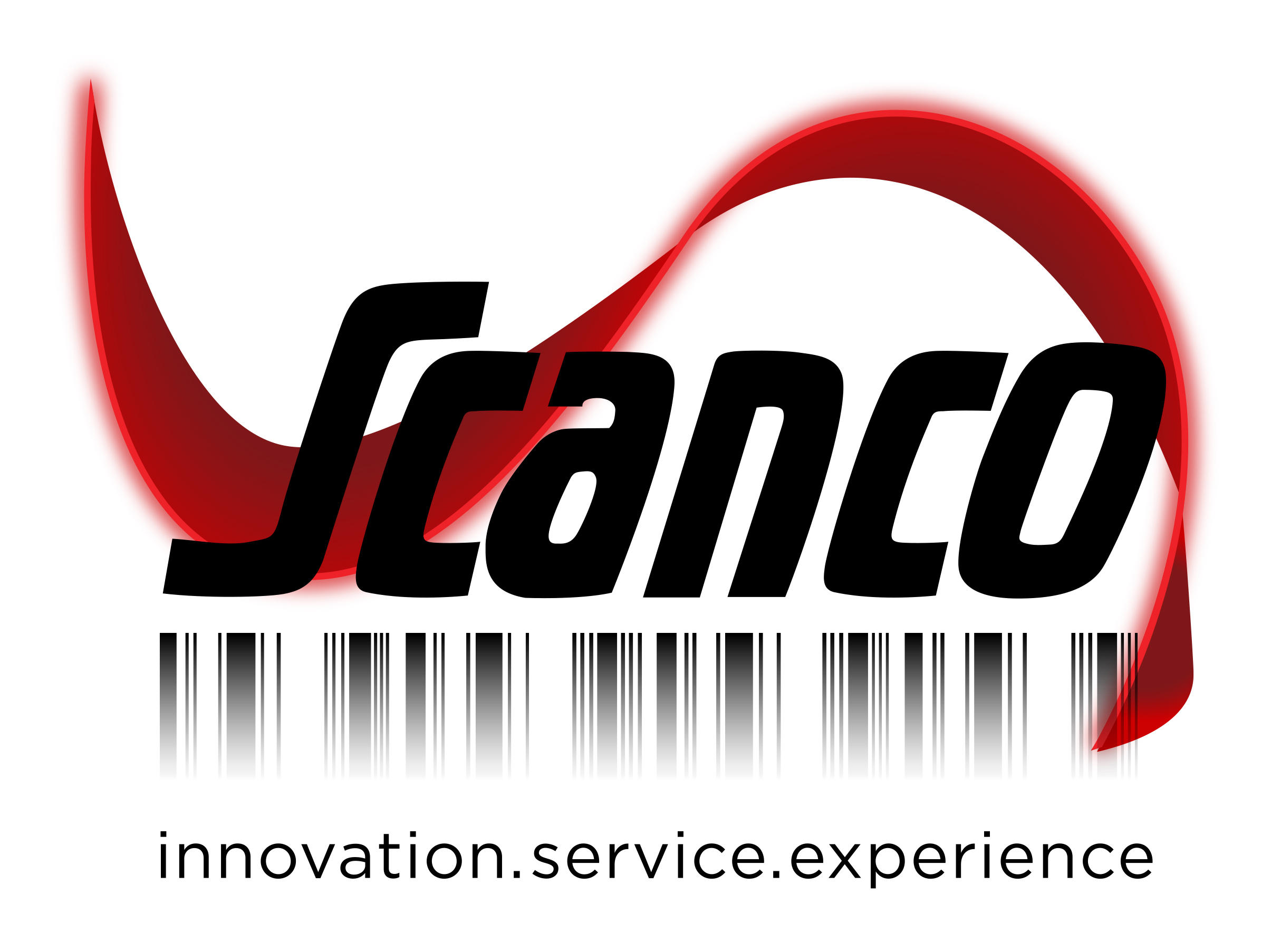Being truly “customer-focused” has become a key priority for many organizations. Central to this approach is the Order Management Cycle (OMC). This comprehensive process, from initial planning to post-sales service, orchestrates every customer interaction with a business.
This guide will explore the OMC’s crucial role in shaping customer satisfaction and retention. Each stage of the cycle contributes uniquely to the customer journey, and when done well, it builds loyalty and strengthens the company’s bottom line.
Let’s explore how businesses can optimize the OMC to create exceptional customer experiences and long-term success.
Elevate Customer Success with Strategy
Customers who interact seamlessly with a company are more likely to remain loyal, advocate for the brand, and buy more. By mastering each stage of the OMC, organizations can deliver experiences that go beyond meeting expectations—creating raving fans.
The Order Management Cycle: A Team Effort
Picture your business as a sports team, where each department plays a vital role in securing the win. The OMC acts as the coach, ensuring that every team member knows their role, communicates effectively, and contributes to the ultimate goal: customer satisfaction. From order planning to billing and returns, every step influences the overall customer experience.
As the team’s leaders, executives must understand how the OMC impacts their customers and fine-tune the process, ensuring a smooth and rewarding customer journey. Inefficiencies and bottlenecks affect leadership’s ability to address strategic improvement strategies and hinder planning efforts.
Order Intelligence solutions, like Cavallo’s Profit Analytics™ for Acumatica, provide business leaders the insight they need with pre-built visualizations and variance analysis tools. This supports the OMC and allows a more intentional approach to product-centric business.
Let’s dive into the various stages of the OMC and explore how they work together to drive the customer experience from start to finish:
The 10 Stages of the Order Management Cycle
The OMC comprises ten critical stages, each representing a touchpoint in the customer’s journey. Here’s how each stage plays a role:
- Order Planning
A great customer experience starts before an order is even placed. Forecast demand, manage inventory, and use AI-powered tools to make smarter business moves. - Order Generation
Marketing and sales do the heavy lifting but don’t forget about your Customer Service Representatives (CSRs). Looping them in early helps smooth out the process and keeps customer interactions seamless. - Cost Estimation & Strategy
Pricing decisions drag on when too many teams are involved. Stay ahead by keeping communication open and using solutions like Cavallo’s Profit Analytics™ to track trends and adjust prices before they become problematic. - Order Entry
Your CSRs need fast, accurate data to process orders without delays. When they have the right tools, customers stay informed, and mistakes are avoided. - Order Prioritization Not every order is equal, and that’s okay. Set clear rules—like discount guidelines—so everyone knows what gets priority and why.
- Scheduling
CSRs push for top customers while operations stick to their workflow—a classic clash. A balanced approach keeps both sides happy and ensures orders arrive on time. - Fulfillment
This is where you prove your reliability. Tight coordination across teams keeps shipments on track and customers satisfied. - Billing
A smooth billing process means fewer headaches for customers and faster payments for you. Clear, accurate invoices keep things simple and stress-free. - Claims & Returns
No one loves dealing with returns, but making them easy builds trust. Aligning CSRs, operations, and production keeps the process painless for everyone. - Postsales Service
The relationship doesn’t end after delivery. Follow-up support, training, and service keep customers happy and coming back.
Principles for Effective OMC Management
To master the OMC, executives should adhere to these guiding principles:
- Adopt a Holistic View: Treat the OMC as an interconnected system, identifying gaps and opportunities across all stages. Each step influences the next, making a comprehensive perspective essential.
How to achieve:
- Map out the entire OMC to visualize how each stage connects.
- Identify bottlenecks and inefficiencies that slow down order processing.
- Assess data flow between departments to ensure accuracy.
- Regularly review KPIs to measure the health of the order process.
- Leverage integrated technology to unify order tracking and management.
- Encourage Collaboration: Break down silos between departments to improve communication and information flow, ensuring a smoother customer journey.
How to achieve:
- Establish regular cross-departmental meetings to align teams.
- Create shared goals and metrics for sales, operations, and service.
- Implement centralized communication to streamline data sharing.
- Encourage knowledge sharing between teams.
- Ensure employees understand their role in the bigger OMC picture.
- Prioritize the Customer: Keep the customer at the center of every decision. A customer-first approach creates a company culture focused on delivering exceptional experiences.
How to achieve:- Define customer expectations for order accuracy and speed.
- Train teams to approach decisions with a customer-first mindset.
- Use customer feedback to refine processes and improve service levels.
- Monitor order accuracy and fulfillment times to enhance satisfaction.
- Align pricing, fulfillment, and service strategies with customer needs.
- Commit to Continuous Improvement: Regularly refine the OMC to adapt to evolving customer needs and leverage new technologies for better results.
How to achieve:
- Conduct regular OMC performance reviews and adjust strategies.
- Stay updated on emerging technologies that streamline processes.
- Automate repetitive tasks to reduce errors and free up resources.
- Encourage process improvements based on frontline experience.
- Benchmark against industry best practices to stay competitive.
Building a Customer-Centric Organization
Mastering the Order Management Cycle isn’t just a smart strategy—it’s essential for creating a customer-focused business. Every interaction in the OMC presents an opportunity to strengthen relationships and build loyalty.
Research shows that even one negative experience can drive customers away, while positive experiences encourage repeat business and revenue growth. Executives can lead their teams to wow customers at every turn by prioritizing the customer at every stage.
Begin Your Journey to OMC Excellence
Have you optimized your Order Management Cycle to enhance the customer experience? Mastering the OMC and building stronger customer connections can take your business to the next level. Pair it with AI-powered Order Intelligence for Acumatica to act on your profit trends and predict customer churn so you can make the most of every order.






































